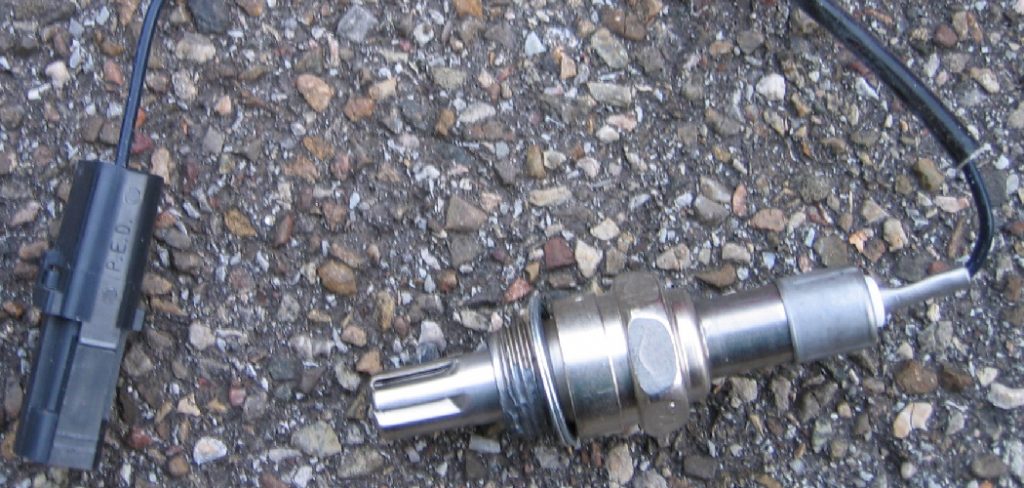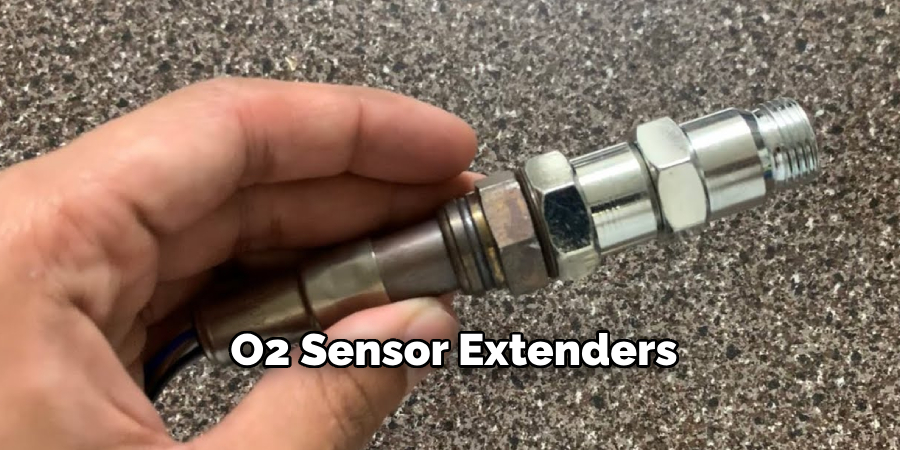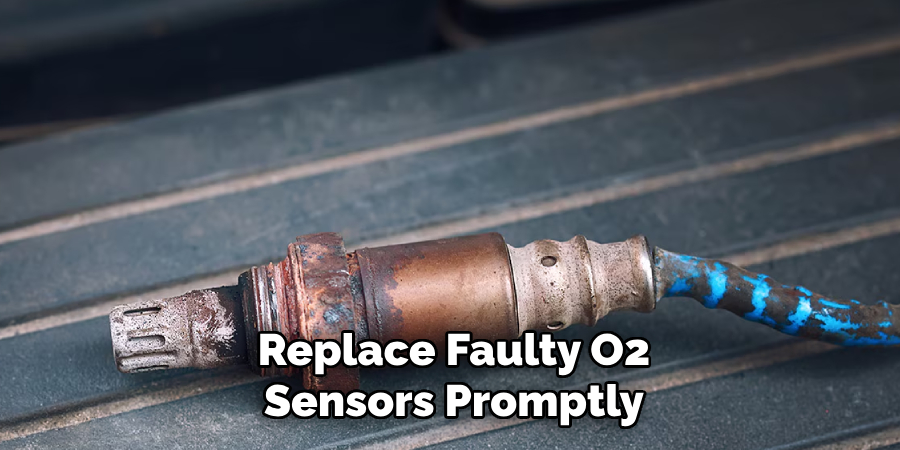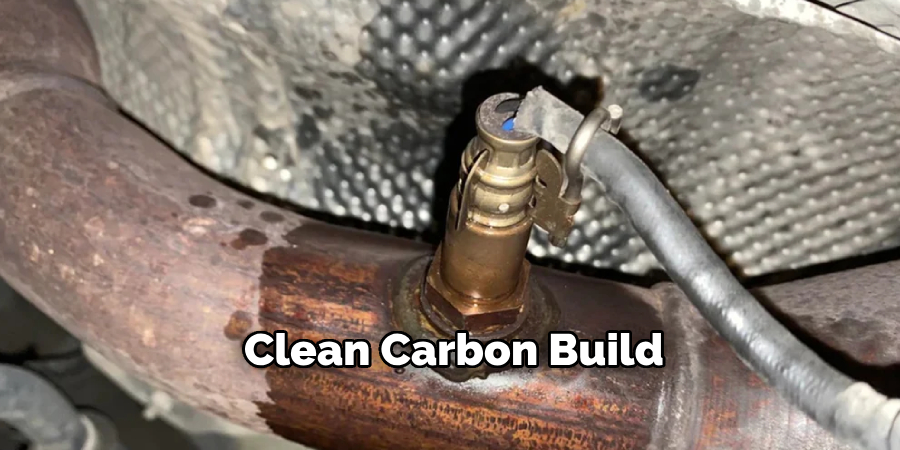Oxygen (O2) sensors play a critical role in modern vehicle systems by monitoring the air-to-fuel ratio in the engine and ensuring optimal performance while reducing emissions. However, some individuals may seek ways to manipulate or bypass these sensors for various reasons, such as troubleshooting issues, optimizing performance, or avoiding costly repairs.

It is important to approach this topic with caution, as tampering with O2 sensors can have legal implications and potentially impact vehicle safety and environmental standards. This guide aims to provide an understanding of how to trick o2 sensors, always emphasizing the significance of adhering to laws and maintaining responsible vehicle use.
Why Would Someone Want to Trick O2 Sensors?
There are several reasons why individuals might seek to trick O2 sensors. One common motivation is to bypass a faulty sensor that triggers a check engine light, particularly in cases where the cost of repair is prohibitively high. Additionally, some may attempt to manipulate the sensors to improve vehicle performance, especially in the case of modifications such as aftermarket exhaust systems or tuning for high-performance vehicles.
Another reason could be efforts to circumvent emissions controls for vehicles that fail to meet certain environmental standards, although this is often illegal and harmful to the environment. While there may be practical justifications for these actions, it is crucial to weigh the potential consequences, including legal penalties and safety risks, before attempting to modify or bypass O2 sensors.
How O2 Sensors Work?
Oxygen sensors, commonly referred to as O2 sensors, are critical components in modern vehicle exhaust systems. Their primary function is to monitor the amount of oxygen in the exhaust gases, providing real-time feedback to the Engine Control Unit (ECU). This information helps the ECU adjust the air-fuel ratio for optimal performance, fuel efficiency, and reduced emissions.
O2 sensors operate by generating a voltage based on the difference in oxygen levels between the exhaust gases and the outside air. This voltage signal is interpreted by the ECU to maintain a stoichiometric air-fuel ratio, typically around 14.7 parts of air to 1 part fuel for gasoline engines. Modern vehicles often have multiple O2 sensors, including upstream sensors placed before the catalytic converter and downstream sensors positioned after it, allowing for precise monitoring and adjustment throughout the combustion process. Understanding how these sensors work is essential for diagnosing issues and maintaining vehicle performance.
10 Methods How to Trick O2 Sensors
1. Use O2 Sensor Extenders for Off-Road Applications
In off-road or track-only vehicles, some enthusiasts use oxygen sensor extenders or spacers to create distance between the sensor and exhaust gases. This setup can reduce sensitivity to certain emissions when testing aftermarket parts like high-flow catalytic converters. When used in vehicles that aren’t driven on public roads, such as race cars or off-grid equipment, these extenders can be a useful tuning aid. However, they must never be used to bypass emissions laws on road-going vehicles.

2. Install a High-Quality High-Flow Catalytic Converter
One of the most ethical ways to ensure O2 sensors report accurate data while maintaining performance is to install a high-flow catalytic converter. These are legal in many states (verify your local emissions laws), and they allow exhaust to flow more freely than traditional cats while still filtering emissions. This approach ensures your O2 sensors still function within expected parameters without setting off check engine lights.
3. Reflash the ECU for Legal Aftermarket Modifications
Modern vehicles rely heavily on ECU programming. If you’re adding performance parts that affect the air/fuel ratio, it’s best to legally reprogram (or “reflash”) the ECU using a certified tuner. This tells the engine how to work properly with modifications while keeping O2 sensors aligned with emissions standards. Reflashing can optimize fuel efficiency and power without violating regulations, especially when performed by a licensed tuning shop.
4. Replace Faulty O2 Sensors Promptly
Sometimes what seems like a need to “trick” an O2 sensor is actually the result of a sensor that’s simply worn out. O2 sensors degrade over time, leading to incorrect air-fuel readings. Replacing them ensures your engine runs smoothly, reduces emissions, and restores fuel economy. This is the most straightforward and ethical fix when dealing with persistent engine codes or rough performance.

5. Use OBD-II Simulators on Dyno Testing (Where Legal)
For emissions-exempt vehicles being tuned on a dynamometer (dyno), mechanics sometimes use OBD-II simulators to temporarily bypass certain sensor readings. This is used purely in diagnostic or development environments—not for road use. These tools can help test how the ECU would respond under different conditions. Always ensure this is done off-road and according to local testing regulations.
6. Seal Exhaust Leaks That Affect Sensor Readings
An exhaust leak upstream of the O2 sensor can introduce fresh air into the system, skewing the sensor’s readings and causing the ECU to make improper adjustments. Fixing leaks ensures the sensor only reads true exhaust gases. This approach is both effective and ethical, as it helps the engine run more cleanly and efficiently.
7. Use a Wideband O2 Sensor for Tuning Accuracy
For performance tuning in legal contexts (like racing), installing a wideband O2 sensor can provide more accurate air-fuel ratio data than standard narrowband sensors. Wideband sensors give tuners real-time precision, helping achieve performance goals while minimizing emissions. They are essential tools in developing and maintaining high-performance engines in an environmentally responsible way.
8. Clean Carbon Build-Up Near the Sensor Area

Over time, carbon deposits can accumulate near the O2 sensor or in the exhaust manifold, potentially interfering with sensor accuracy. Cleaning these areas during routine maintenance can improve sensor response and fuel efficiency. This simple practice prevents premature sensor replacement and keeps emissions in check without any software or hardware alterations.
9. Tune for Ethanol Blends with Sensor Compatibility
If you’re switching to ethanol blends like E85, it’s important to recalibrate your vehicle’s air/fuel tuning to reflect the new fuel properties. Ethanol burns differently from gasoline, and without a proper tune, O2 sensors might trigger rich or lean conditions. Proper tuning ensures the sensors work harmoniously with the fuel and helps the engine adapt effectively.
10. Consult with an Emissions-Approved Tuning Specialist
If you’re modifying a vehicle for performance or efficiency, it’s wise to work with a tuning expert who understands both the technical side and the legal framework. These professionals can help adjust your setup without violating OBD-II compliance or tampering with emissions controls. Ethical tuning respects environmental laws and still delivers impressive vehicle results.
Maintenance and Upkeep
Proper maintenance ensures that your vehicle remains efficient, reliable, and compliant with emissions standards. Regularly inspect critical systems such as the engine, fuel injectors, and exhaust components to catch potential issues early. Replacing air filters, spark plugs, and fluids at manufacturer-recommended intervals helps the engine run smoothly and reduces harmful emissions. Additionally, ensure the catalytic converter and oxygen sensors are functioning optimally, as they play a crucial role in controlling pollutants.

Periodic diagnostic scans using OBD-II tools can identify hidden faults before they lead to larger problems. Staying proactive about maintenance not only prolongs the life of your vehicle but also minimizes its impact on the environment. Consider scheduling annual checkups with a certified mechanic to ensure all systems are aligned with current standards.
Emissions Laws and Vehicle Compliance
Understanding emissions laws and ensuring vehicle compliance are essential for both legal and environmental reasons. Regulations vary depending on your location, but generally, they set strict limits on the amount of pollutants a vehicle can emit. Compliance often involves passing routine emissions tests, which measure the output of harmful gases such as carbon monoxide, nitrogen oxides, and hydrocarbons.
To stay within legal requirements, it is vital to maintain your exhaust system, catalytic converter, and fuel system. Additionally, following manufacturer-recommended service schedules and using high-quality fuel can further help reduce emissions. Remaining informed about updates to emissions laws ensures that your vehicle stays compliant and contributes to a cleaner, healthier environment.
Common Mistakes to Avoid
When it comes to vehicle emissions, several common mistakes can lead to higher pollution levels and noncompliance with regulations. One major error is neglecting routine maintenance, such as failing to replace air filters or oxygen sensors when needed.
Ignoring check engine lights is another frequent oversight, as this could signal malfunctions in critical components like the catalytic converter. Additionally, using low-quality or incorrect fuel can damage your engine and increase harmful emissions. Skipping regular inspections or delaying necessary repairs also raises the risk of exceeding mandated emissions limits. By being proactive and addressing these issues promptly, you can avoid costly fines and contribute to a cleaner environment.
Conclusion
Though the idea of “tricking” O2 sensors may sound appealing for bypassing a check engine light or tweaking fuel ratios, the best approach is always one rooted in compliance, safety, and performance balance. These ten methods prioritize maintaining or improving engine health while respecting emissions standards. Whether you’re tuning for the track, restoring an older vehicle, or simply curious about performance tweaks, there’s always a legal and responsible way to go about it. Thanks for reading our blog post on how to trick o2 sensors! We hope you found it helpful and informative.
About
Safety Fic is a distinguished figure in the world of Diy design, with a decade of expertise creating innovative and sustainable Diy solutions. His professional focus lies in merging traditional craftsmanship with modern manufacturing techniques, fostering designs that are both practical and environmentally conscious. As the author of diy, Safety Fic delves into the art and science of Safety Fic-making, inspiring artisans and industry professionals alike.
Education RMIT University
(Melbourne, Australia) Associate Degree in Design (Safety Fic) Focus on sustainable design, industry-driven projects, and practical craftsmanship. Gained hands-on experience with traditional and digital manufacturing tools, such as CAD and CNC software.
Nottingham Trent University
(United Kingdom) Bachelor’s in diyfastly.com and Product Design (Honors) Specialized in product design with a focus on blending creativity with production techniques. Participated in industry projects, working with companies like John Lewis and Vitsoe to gain real-world insights.
Publications and Impact
In diy, Safety Fic his insights on indoor design processes, materials, and strategies for efficient production. His writing bridges the gap between artisan knowledge and modern industry needs, making it a must-read for both budding designers and seasoned professionals.
